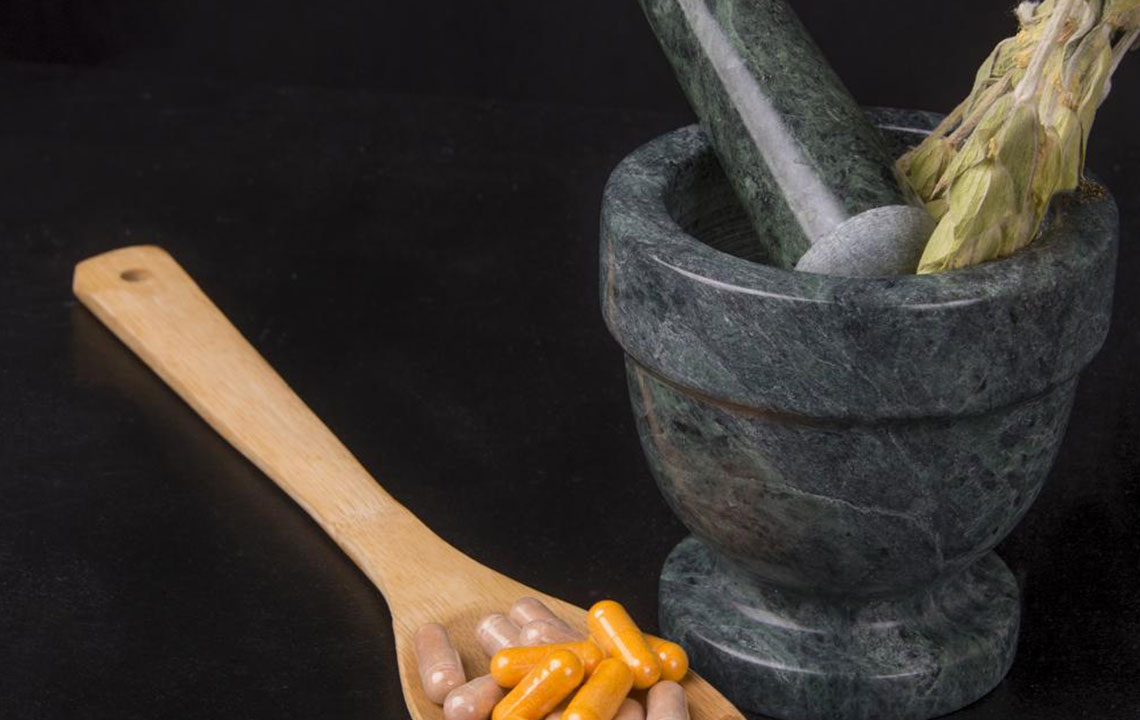Effective Strategies for Managing Gout Symptoms
Learn effective methods to manage and treat gout naturally and medically. This article covers diagnostic procedures, medication options, dietary changes, and home remedies to prevent and relieve gout symptoms. Embrace lifestyle adjustments to minimize attacks and protect joint health. Always consult healthcare providers for persistent or worsening symptoms to ensure proper care and recovery.

Understanding and Managing Gout Effectively
Gout is a painful form of arthritis stemming from excess uric acid in the bloodstream. This buildup leads to crystal formation around joints, causing intense pain, swelling, and tenderness. Commonly affecting the big toe, ankles, and knees, gout episodes can recur unpredictably and worsen if untreated. Continuous inflammation may cause lasting damage to joints, tendons, and muscles.
Diagnosis involves joint fluid analysis and blood tests to check uric acid levels. Treatment includes anti-inflammatory medications such as NSAIDs and corticosteroids, alongside drugs that reduce uric acid production. Complementary natural remedies can aid symptom relief and prevent future attacks.
Preventative measures include dietary adjustments—limiting foods rich in purines like red meats, shellfish, and alcohol—and increasing intake of low-purine foods such as vegetables, fruits, dairy, and whole grains. Staying well-hydrated by drinking plenty of water helps your kidneys eliminate uric acid efficiently. Using cold packs during flare-ups can reduce inflammation and pain.
Natural remedies like apple cider vinegar and ginger have anti-inflammatory properties that may ease symptoms. Drinking diluted apple cider vinegar or applying ginger paste to affected joints can provide relief. Maintaining a healthy lifestyle and diet is essential in managing gout effectively. Consulting a healthcare professional is recommended if symptoms persist or worsen.










